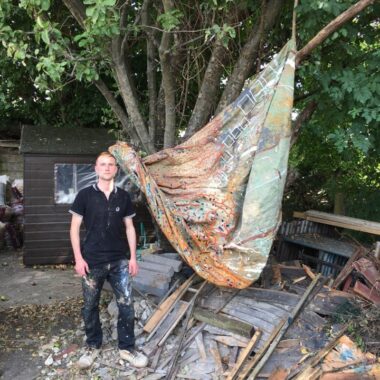The surprising tale of Patricia Preece, Dorothy Hepworth and The London Group
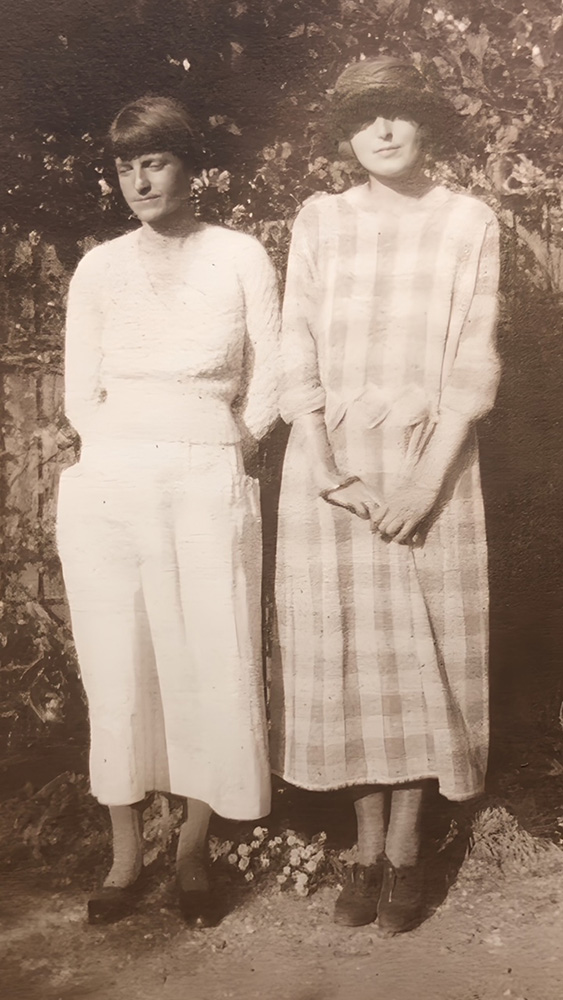
Having met and fallen in love as students at the Slade in 1918, Dorothy Hepworth and Patricia Preece also shared a serious-minded attitude to their painting and felt ‘the women’s standard of painting in general was not what it ought to be’. Disapproving of the establishment exhibiting societies such as the RA, RBA and even the NEAC, they aspired early on to belong to the more progressive London Group. During my research into their curious partnership I was intrigued to discover that one of their shared ambitions was to be elected members of The London Group – but it was an ambition that was to remain unfulfilled.
After leaving the Slade they immediately sought the advice of Roger Fry who by that time was a highly active member of the London Group and was also a widely respected artist and critic. Preece showed Fry some of their paintings and Fry was immediately impressed with Hepworth’s talent but remained reticent about Preece’s pictures. In that moment Preece allowed Fry to believe that the better pictures were by her and so began the great deception. Soon after the meeting with Fry the couple decided, between themselves, to collaborate as one entity with Patricia acting as the public face of the artist whilst Hepworth did all the work. During her lifetime Patricia Preece became a well-regarded artist despite being overshadowed by her husband, Stanley Spencer, who she bizarrely married in 1937. However, we now know this reputation was gained by signing and exhibiting works painted by her lifelong partner Dorothy Hepworth.
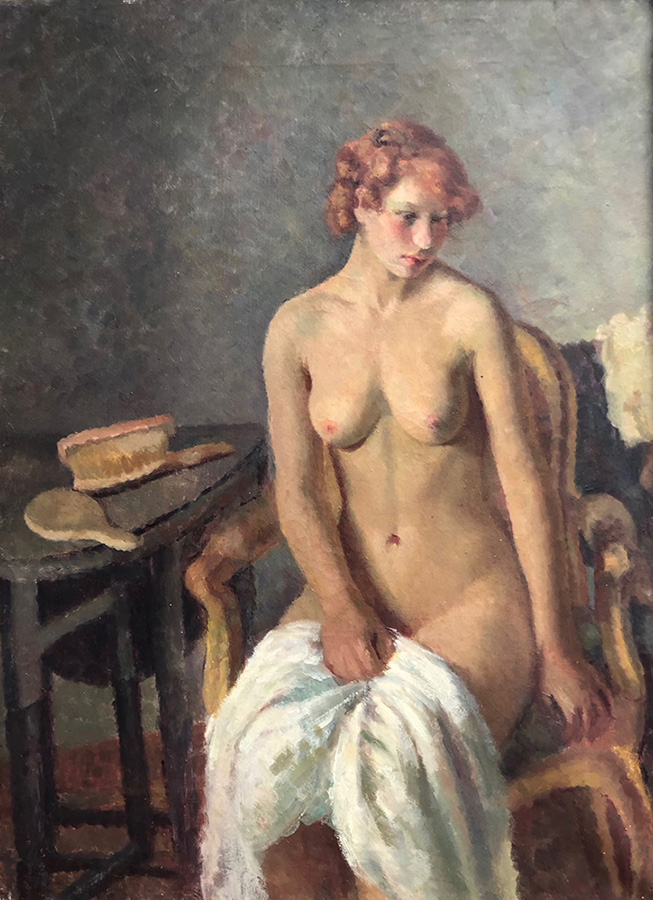
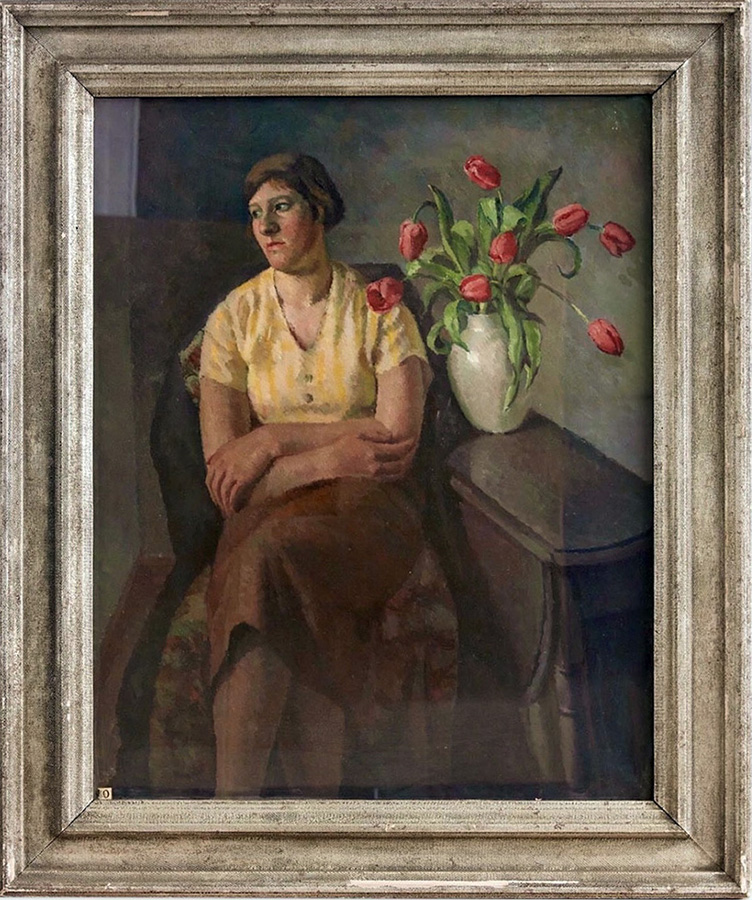
Fry urged them to go to Paris – ‘We could not become decent painters, he said, unless we visited that city… One must breathe the authentic atmosphere and mix in the society from which had sprung the modern movement in art.’ Following Fry’s advice to the letter they spent the next four years in Paris studying modern French art and enjoying the permissive social atmosphere of the city. When they returned to London, they again approached Fry who approved of their progress and suggested they send work to The London Group and with his influence they might hope to gain membership. They had first tried unsuccessfully in 1922, despite the support of the Bloomsbury faction. This would seem to suggest that by the early 1920s there was already strong resistance within The London Group to Fry’s (and Bloomsbury’s) dominance. They were continually rejected throughout the 1920s and 30s and also failed to have their works exhibited as non-members.
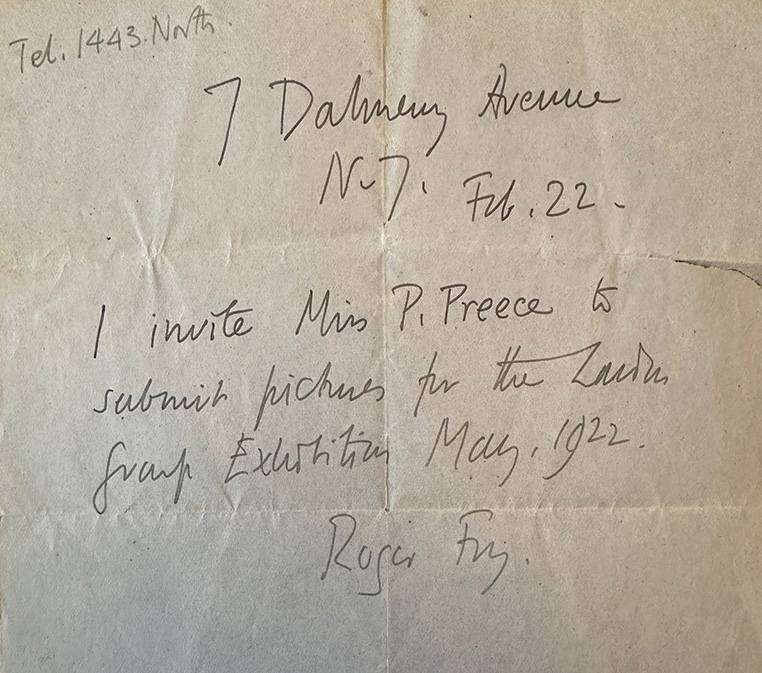
Following Fry’s death in 1934, it seemed they had lost perhaps their most influential supporter, but they carried on sending work to The London Group with the encouragement of Vanessa Bell and Duncan Grant. In November 1935 they received further disappointing news from Vanessa Bell: ‘I was so sorry your painting didn’t get in The London Group. When I was at the judging they were refusing practically everything, all the same they’ve got a lot of very bad things and of course yours should have been accepted.’
The war years interrupted all aspects of normal life, so it was not until 1947 that Preece again sought the backing of Vanessa Bell in her continuing bid to gain membership. Bell’s reply sheds some light on the workings of the Group at that time:
‘Of course I will gladly vote for you as a member of The London Group. I don’t think it is necessary for anyone to propose you – but simply send in works and members vote on them…
‘You are quite wrong in thinking that I am not interested in your work now – I always am glad to see it, but living in the country as I now do entirely I only get a chance of seeing work which is exhibited and I know how terribly difficult it is to get dealers to show anything. The London Group is one of the few places where independent artists can show and I think you certainly ought to be a member. I am afraid I can’t be certain that they will have the sense to elect you, but I will vote for you myself and do my best to get others to do so too. The difficulty is that during the war everything rather went to pieces and a great many new members were elected rather casually, with the result that the Group is now swamped by them – and each member has a right to show 3 or 4 works they are of course reluctant to elect many more members.’
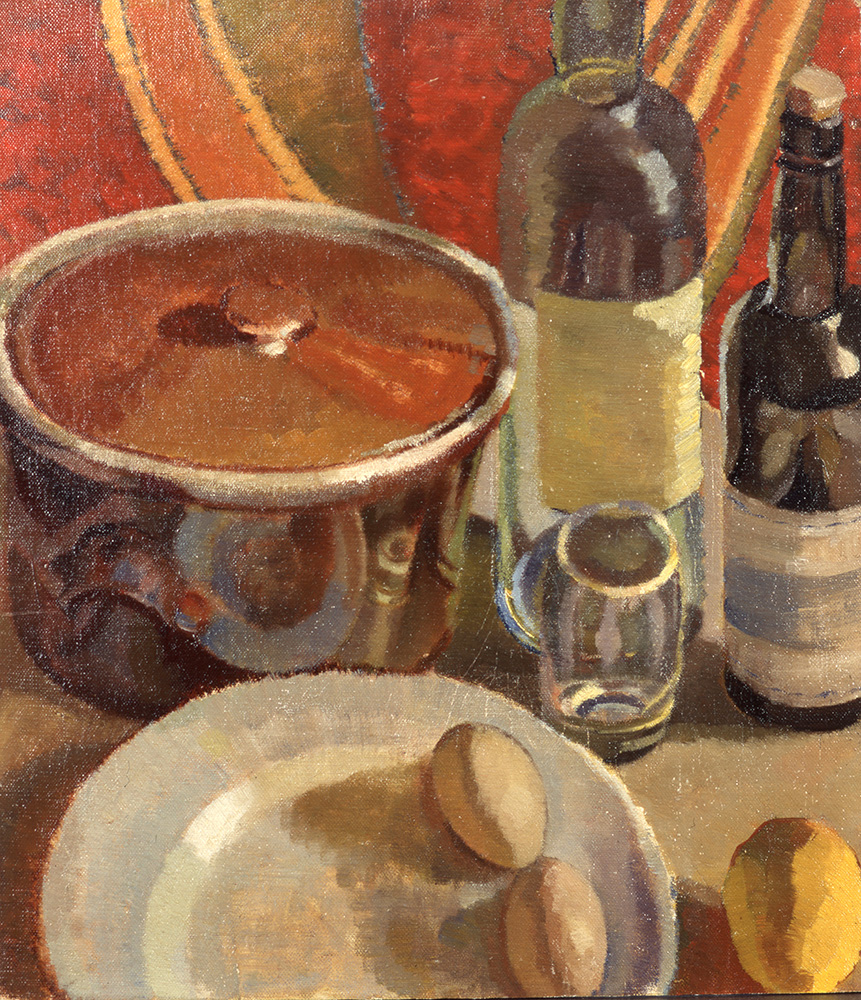
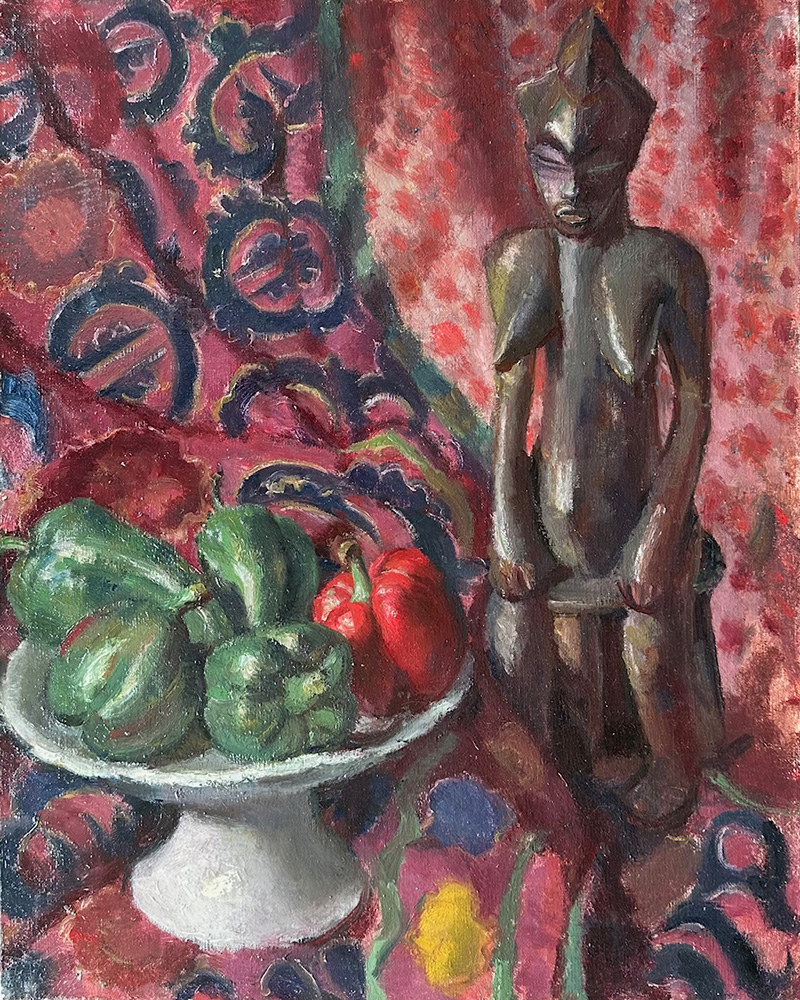
In further letters Vanessa Bell assured Preece of her ongoing efforts, ‘I know several of the more intelligent people admire your work – William Coldstream for instance, and Edward Le Bas and I will try to make sure they vote for you. In any case don’t think I will forget – but I don’t know when the election will be.’ Duncan Grant also joined the cause and writing to Preece declared it ‘a real scandal’ that she had ‘for so long’ not been elected a member and noting that, ‘The whole voting business is so badly arranged that unless one takes steps beforehand, no one has a chance of getting in nowadays except by accident’.
In 1949 Vanessa Bell was still the bearer of bad news, ‘It is really desperate at present. There are far too many members already and far too little space…’ Duncan Grant also wrote to Preece in 1949, ‘I wish very much you were a member of The London Group which you ought to have been for long past. I think it would be worth trying again and if you will allow me I will take your drawings to London where I have a room and keep them there until there is another exhibition. I do not know when this will be, as the finances of the Group are in a bad way and it is doubtful if there is enough money to pay for a gallery.’ These last efforts again proved unsuccessful, so Preece and Hepworth spent their last decades in relative seclusion, outside of the artistic group they longed to be a part of. This aspect of their fascinating story aptly demonstrates the difficulty artists face finding the right outlets for their work. Patricia Preece and Dorothy Hepworth certainly did not lack courage and tenacity, but they had to come to terms with remaining outsiders.
Denys J. Wilcox, 2024
The exhibition Dorothy Hepworth and Patricia Preece: an untold story is at Charleston, Lewes, until 8 September. An accompanying book, The Secret Art of Dorothy Hepworth AKA Patricia Preece, by Denys J. Wilcox is published by the Court Gallery.
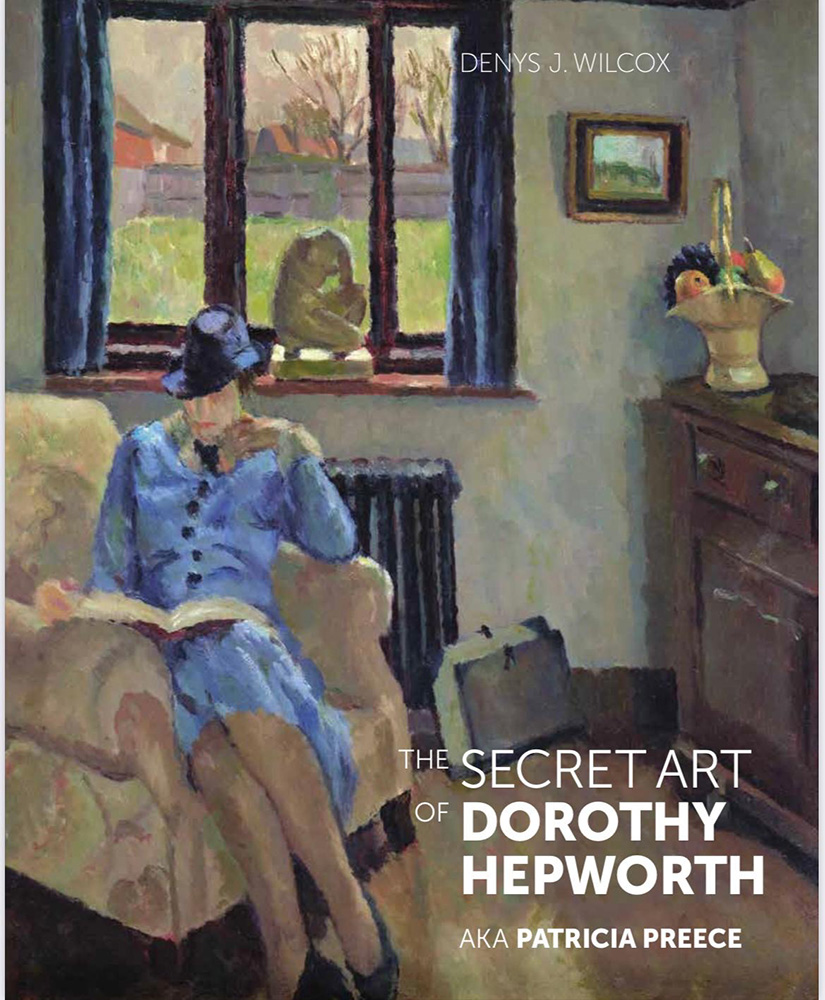
Denys J. Wilcox wrote ‘The London Group 1913-1939 The Artists and their Works‘, published in 1995 by Scolar Press. Denys is a writer and curator and runs the Court Gallery

